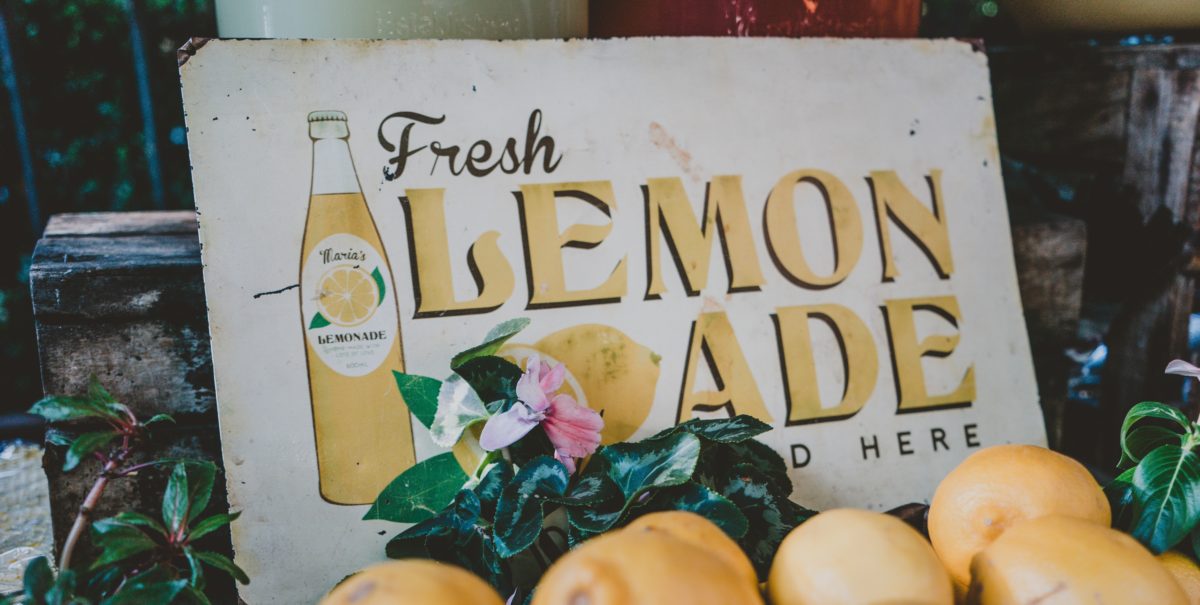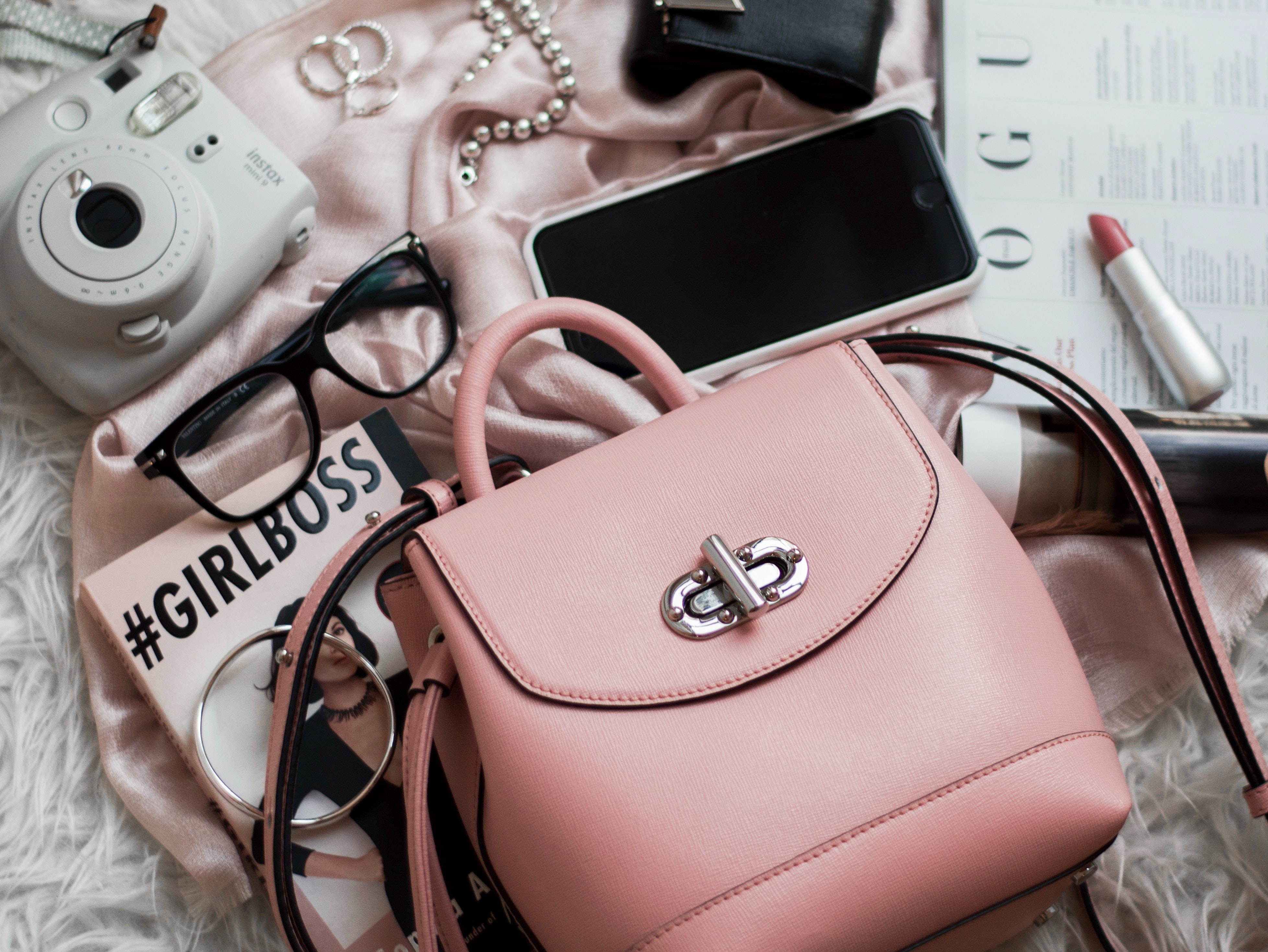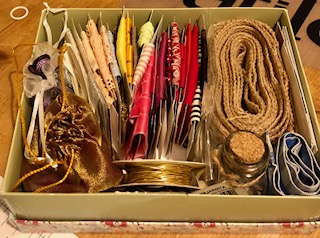As someone living with MS, I am acutely aware of the preciousness of time. The condition makes my life expectancy shorter and the time in good health – shorter still. Added to this is the fact that extreme fatigue gives me little more than twelve hours a day to enjoy in some level of wakefulness.
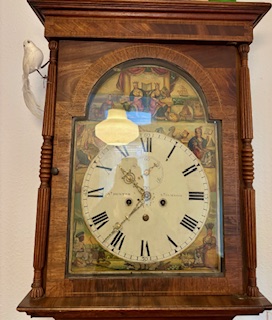
Image: Karen Costello-McFeat
That said, I’ve worked out a way to maximise those hours and I am happy to say my life is as full and enjoyable as that of my more able-bodied peers. It has taken a lot of thinking and experimentation to reach this point, but has all been worth it. So, if you are feeling time poor or that the day doesn’t contain enough hours, or like me, your time is naturally limited, here are my suggestions to make the most of what you have.
Marie Kondo your life
Being organised a la Marie Kondo method is a wonderful way to tidy your home. More importantly, it is an excellent way to save time. We waste so much of it just looking for stuff. Having a specific place for things will save minutes and meltdowns.
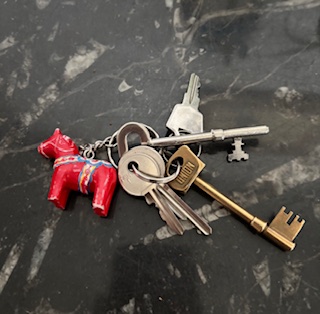
A place for everything and everything in its place is not a new concept, but nowadays we have so much, we desperately need to organise it. Using her methods for folding and storing clothes has made my life infinitely easier. I know at a glance what I have and can quickly assemble an outfit (which I do the night before). These small actions soon add up and it certainly takes the stress out of the morning.
Saving time and energy
For those of us with chronic conditions, in which fatigue features, time and energy are symbiotically entwined. For all my tasks, I need to assess the time it will take and the energy it will require. Breaking jobs into component parts allows me to do more than if I try to do it all in one go. Overdoing anything invariably results in more hours lying on the sofa staring at the sky – not very proficient.
This applies to everything I do (boring, right?) For example, my OMS lifestyle includes healthy eating and more time preparing and cooking food. Whereas in the past, I would wander around the kitchen and back and forth to the fridge, I am now more like TV chefs – laying everything out before I begin. Rice is put in water to soak; soups and stews boiled and then left off the heat to cook themselves; meals are planned hours in advance and assembled in their component parts.
And this method works equally well for all of us. It opens up time to set the table, take the kids to their clubs or catch up on emails. But unlike multi-tasking, we do tasks sequentially and remove the fluster of spinning too many plates at once.
Extreme efficiency
These rules apply outside the home too. Twenty minutes driving is about my limit, so trips need to be ultra efficient. Planning to do things en-route is the obvious solution. Taking the dog to the park, collecting a friend and going to the post office can easily be combined – saving both time and fuel.
Shopping with a list and ensuring that essentials are always in the cupboard prevents numerous trips to the supermarket for missed items. If you don’t have an obscure ingredient, find an alternative. In the time it would take to go and buy it, you could have made the dish.
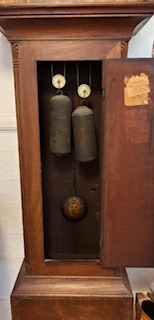
Our world is full of labour-saving devices and I’m all for taking advantage of them. However, they are also costly. It is worth taking a moment to calculate how much work is required to pay for them and not only the time they save. Ready meals look great but are expensive. What they save in time will cost you earning time to pay for. Tumble driers only need to be stuffed with wet clothing rather than hanging them outside or near the radiator. Unfortunately, they also destroy the fabric of you clothing, requiring you to buy more. Unless money is not an issue, such calculations are worth making.
Time wasters
I think we all know what they are: mobile phones, televisions, Instagram and the internet. We all use them and enjoy them, however, it is too easy to take that pleasure and fritter away our precious hours. In the UK in 2024, people spent between 3-5 hours on their smartphones and of course, more still on television/streaming services. Checking settings for your screen time each week is probably a good idea. Most of us severely underestimate. By establishing what is a reasonable time for your lifestyle, you will free up hours for either more personal communications or to explore your interests.

The internet is set up with one intention only: to get you online and to keep you there. The longer you scroll, the more information they have access to and the more they can pinpoint their advertising. By making you dissatisfied with your own life, they can offer ways to make it better – ways that cost you time and money.
Early to bed
‘Early to bed and early to rise’ promises to make us ‘healthy, wealthy and wise.’ Though not always true (ask any farmer) it certainly gives us the best of the day.
Recently, I read about the Five O’clock Club. If I remember correctly, you rise at five and spend 2o minutes exercising, 20 minutes meditating/journaling and 20 minutes reading improving works. Sounds brilliant, but leveraging me out of bed before 9am is virtually impossible (though I do go to bed early).

Getting up as early as you can is a great habit to develop. The benefits are innumerable. Our bodies are designed to correspond to natural light and the more we align ourselves with the rhythms of the day, the better we feel. I doubt that I’ll even get by on less than twelve hours’ sleep a day, but I’m working on it.
Speaking of time, I think that I have taken up enough of yours. I hope that you find some of these suggestions useful or have others to recommend. We all could do with a few more minutes in each day – if only for a nap.
